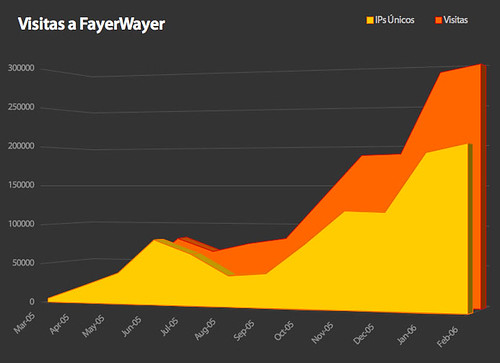There is another thing I’d forgotten about being so close to my work. It’s a constant rollercoaster. When you’re in DC – or the wealthy capital of your choice – you get monthly reports. Possibly a weekly progress update, but not necessarily. Your teams in the field are too busy actually doing their work to report to you every day. Your big data sources are periodic phone calls and monthly and quarterly reports. That kind of time span evens things out. It lets you see the broad trends.
In-country, though, every success and back-step hits you right in the gut. Your life feels like a series of wins and losses. It’s hard to have any sense of overall progress when you just had a terrible meeting with the Ministry of Agriculture and your training just got cancelled. On the other hand, when things are going well, you’re so full of energy and creativity and passion you can push your work to whole new levels of impact. My own project is seeing major progress right now, and it makes it a joy to go to the office.
The answer to this, of course, is decent monitoring and evaluation. If you 1) know your overall goal 2) Know the steps to get to that goal and 3) are collecting data on your program, then you can stop every so often and examine your progress. You can see what work you’ve done so far, what effect it is having, and if that effect is making progress toward your big goal they way you want it to.
M&E data tends to end up only in the hands of project directors and the M&E people. I’d love to see it widely available, so that everyone in the project could see what was moving ahead and what was bogging down. It would require training everyone in how to read and understand M&E data, but that would be useful for a lot of reasons.
******************
Chosen because – they are either laughing or screaming – who can tell? And that’s pretty much how it feels most of the time.


